<objectAnimator
android:propertyName="string"
android:duration="int"
android:valueFrom="float | int | color"
android:valueTo="float | int | color"
android:startOffset="int"
android:repeatCount="int"
android:repeatMode=["repeat" | "reverse"]
android:valueType=["intType" | "floatType"]/>
Ok I am learning some Animation in android. I got it from Google Developer Docs two attributes that actually I am not able to understand are
android:propertyName="string"
android:valueType=["intType" | "floatType"]
Some of the values make sense "fade", "rotation", "alpha"
But what about others like endYear, firstDayOfWeek
And I failed to find any detailed documentation about these or there may be chances that I am not understanding what various tutorials and Google Docs trying to convey..
**
My doubt is from where I can get all possible values of
"propertyName"And what is"valueType"I mean what actually it do how actually it affect the animation
**
I am following this Tutorial and was trying to play with properties so as to have better understanding.
For say below attached screenshot shows so many possibilities for propertyName but I dont know how they make sense.

More Over propertyName accepts "x" and "y" as it values but they don't come in the window.
In case of ValueType if I change "floatType" to "intType" in the below mention snippet of the tutorial for wheel
<objectAnimator
android:duration="3000"
android:propertyName="rotation"
android:repeatCount="infinite"
android:repeatMode="reverse"
android:valueTo="180"
android:valueType="floatType" />
It stops animating..??????
Can Any one explain this issue or a source so as that I can figure it out..
This is what is explained in Google docs
NOTE:- I am trying animation for the first time not only with android but in my life too...